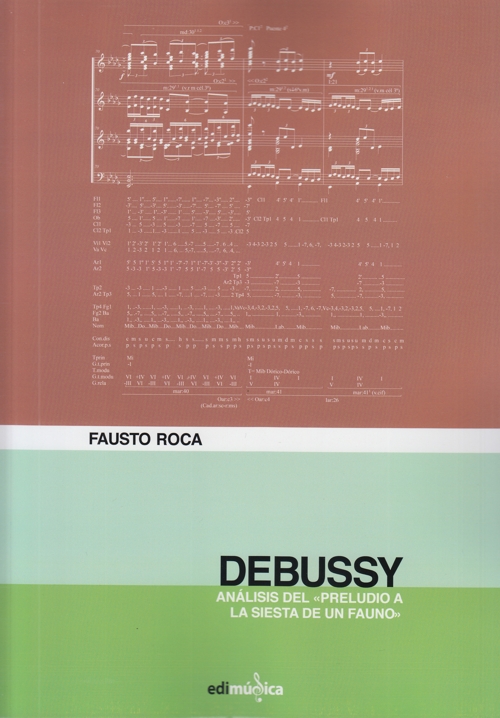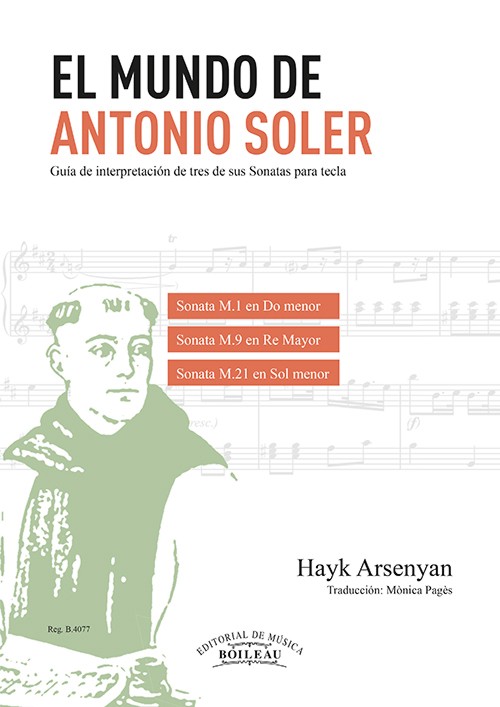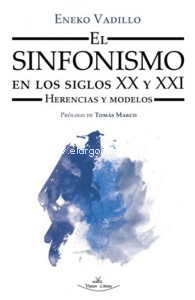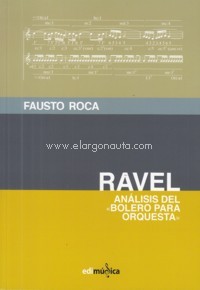
The Language of the Modes. Studies in the History of Polyphonic Modality
Wiering, Frans
Routledge. 2015Ficha técnica
- EAN: 9781138870338
- ISBN: 978-1-138-87033-8
- Editorial: Routledge
- Fecha de edición: 2015
- Encuadernación: Rústica
- Dimensiones: 15x23
- Idioma: Inglés
- Nº páginas: 336
Disponible en breve
Sin stock. Si se pide hoy, se estima recibir en la librería el 17/12/25¡GASTOS DE ENVÍO GRATIS!
PVP. 89,90€
Añadir a la Lista de deseos
The Language of the Modes provides a study of modes in early music through eight essays, each dealing with a different aspects of modality. The volume codifies all known theoretical references to mode, all modally ordered musical sources, and all modally cyclic compositions. For many music students and listeners, the "language of the modes" is a deep mystery, accustomed as we are to centuries of modern harmony. Wiering demystifies the modal world, showing how composers and performers were able to use this structure to create compelling and beautiful works. This book will be an invaluable source to scholars of early music and music theory. in early music through eight essays, each dealing with a different aspects of modality. It codifies all known theoretical references to mode, all modally ordered musical sources, and all modally cyclic compositions. This book will be an invaluable source to scholars of early music.
CONTENIDO:
Series editor's foreword
Preface
Conventions used in this book
1. Modality: An introduction to the terminology and concepts
-Mode in monophonic music
-Mode in polyphonic music
-Studying the history of polyphonic modality
2. The discourse about mode: Evidence of textual and musical sources
-Thinking about mode: A "double discourse"
-Textual evidence of polyphonic modality
-Musical evidence of polyphonic modality
-Epilogue
3. Tinctoris and the origin of polyphonic modality
-The earliest sources
-Legrense
-Tinctoris
4. Modus and tonus: Two attitudes towards modes
-Uses of the modes
-Terminology
-Definition of the modes
-Historial controversies involving the modes
-The final
-Internal and external view
5. The rise and fall of polyphonic modality
-A quantitative survey
-Cycles in early sources
-The interest on polyphonic modality as documented by modal cycles
6. The modes before classical vocal polyphony: Evidence from Central-European cycles
-The earliest cycles: Cochlaeus, Felsztyna, Stoltzer
-Cycles from treatises printed by Rhau and from related sources
-Sebald Heyden's modal cycles
-The Dodecachordon and its cycles
-Conclusion
7. Zarlino and polyphonic modality in Italy
-Polyphonic modality in Zarlino's "Institutioni"
-Borrowers, followers, and adversaries
-Palestrina's "Vergine" cycle
-Conclusion
8. Conclusion: The language of the modes
Appendix A. Textual sources
Appendix B. Musical sources
Appendix C. Modal cycles
Bibliography
Index





